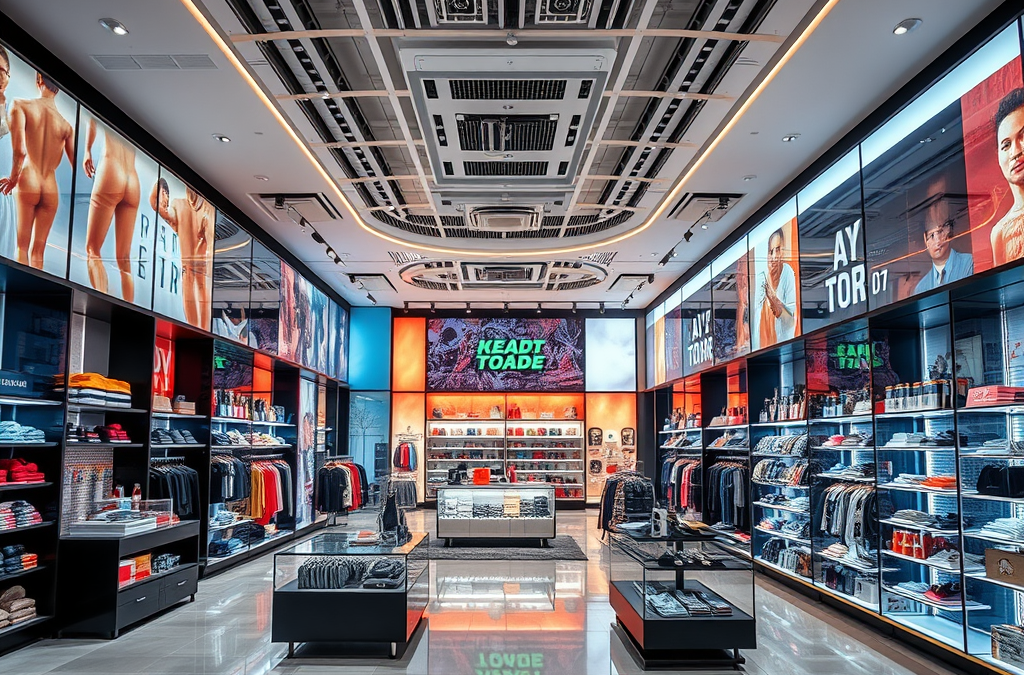When it comes to running a successful retail business, store design is more than just aesthetics—it’s a powerful tool to drive sales, enhance customer experience, and build your brand identity. Whether you’re opening a new store or revamping an existing one, understanding the principles of effective store design can make all the difference. In this guide, we’ll dive into everything you need to know about creating a store that not only looks great but also performs exceptionally well.
—
## Why Store Design Matters
Store design is the silent salesperson of your retail space. It influences how customers perceive your brand, how long they stay in your store, and ultimately, whether they make a purchase. According to a study by [Retail Customer Experience](https://www.retailcustomerexperience.com/), 90% of shoppers say that store layout and design impact their buying decisions.
A well-designed store can:
– **Boost sales**: Strategic layouts and displays encourage impulse buys.
– **Enhance customer experience**: Easy navigation and appealing visuals keep shoppers engaged.
– **Strengthen brand identity**: Consistent design elements reinforce your brand’s message.
—
## Key Elements of Effective Store Design
### 1. **Layout and Flow**
The layout of your store is the foundation of its design. A good layout ensures that customers can move through the space effortlessly while being exposed to as many products as possible.
– **Grid Layout**: Ideal for grocery and convenience stores, this layout maximizes product exposure.
– **Loop Layout**: Encourages customers to follow a specific path, often used in apparel stores.
– **Free-Flow Layout**: Offers a more relaxed shopping experience, perfect for boutique stores.
Pro Tip: Place high-margin or impulse-buy items near the checkout counter to capitalize on last-minute purchases.
### 2. **Lighting**
Lighting sets the mood and highlights your products. Use a mix of ambient, task, and accent lighting to create a balanced atmosphere.
– **Ambient Lighting**: Provides overall illumination.
– **Task Lighting**: Focuses on specific areas like fitting rooms or checkout counters.
– **Accent Lighting**: Draws attention to featured products or displays.
### 3. **Color Psychology**
Colors evoke emotions and influence buying behavior. For example:
– **Blue**: Creates a sense of trust and calm (great for tech or wellness stores).
– **Red**: Stimulates urgency and excitement (ideal for clearance sales).
– **Green**: Represents nature and health (perfect for organic or eco-friendly brands).
### 4. **Visual Merchandising**
Your product displays should tell a story and guide customers through their shopping journey. Use techniques like:
– **Grouping**: Arrange related items together to encourage cross-selling.
